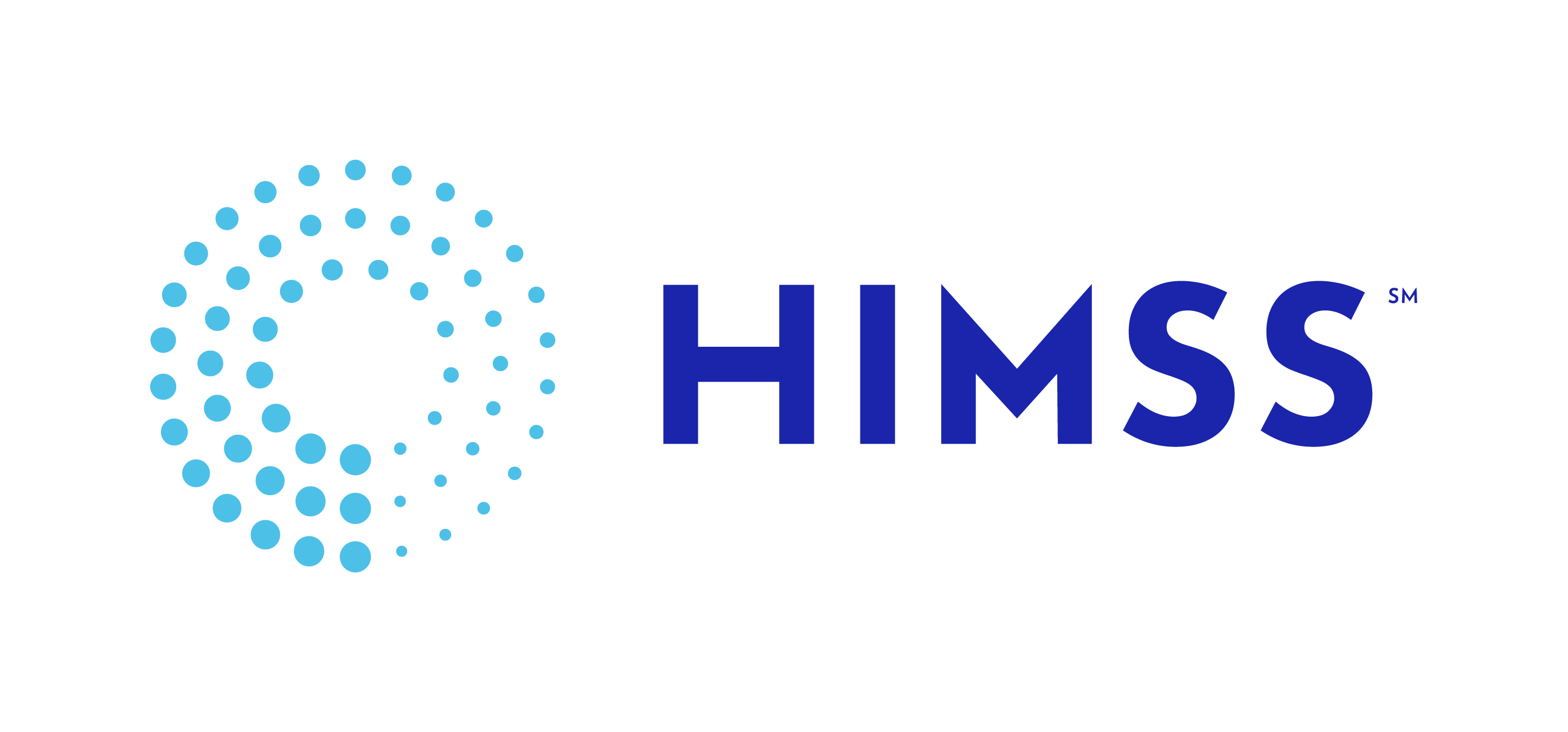Why Patient Identity Management is Essential for COVID-19 Response
By Dan Cidon, Chief Technology Officer, NextGate
Over the last five months, COVID-19 has put the entire healthcare system under an extraordinary amount of stress. From overflowing testing sites to strained medical supply chains, the novel coronavirus has performed the unenviable task of exposing dangerously weak links in the care continuum.
To successfully curb the contagion, however, providers and public health officials will need to overcome some of healthcare’s most fundamental problems, including oft-overlooked health information management issues such as data governance and patient record matching.
Identifying infrastructure gaps that impact COVID-19 responses
On the surface, electronic data integrity might not seem like the most pressing issue during a global pandemic. While hospitals and frontline care workers just try to cope with the influx of patients, urgency to meet demands means that basic demographic elements needed to track and manage COVID-19 effectively are not being captured. For an industry already overwhelmed, the absence of those data elements can have far-reaching consequences for treatment, testing, and the scientific research community.
Lack of comprehensive medical data can greatly impair a provider’s ability to know how many people have the virus, the geographical location of confirmed cases, and the effectiveness of treatment.
Epidemiologists are already feeling the impact of data collection shortfalls. According to Janet Hamilton, MPH, Executive Director of the Council of State and Territorial Epidemiologists (CSTE), approximately 80 percent of patient demographic data has been missing from commercial laboratory tests for COVID-19. The lack of demographic elements such as phone numbers, addresses, and other critical contact information results in significant delays when trying to notify patients of their status and trace contacts to contain spread of the disease.
Tackling COVID-19’s supersized patient identity management needs
Symptoms of COVID-19 run the gamut from almost non-existent to immediately life threatening and can escalate quickly from one to the other. As a result, patients who may initially seek a telehealth consult or visit an urgent care facility for mild discomfort could be admitted to an unrelated hospital within a matter of days.
Variations in the availability and speed of testing could also mean that COVID-19 results from the first visit are still pending upon admission and may get lost along the way – especially if the laboratory is missing vital demographic data elements.
The challenge is compounded by the way healthcare organizations assign unique identifying numbers to medical records. A patient who presents at urgent care or primary care initially will get one identifier that is associated with their record. When the patient visits the ED and is admitted to the hospital, it’s very likely that the ED will not know about the previous encounter. And the information about the admission will not necessarily make its way into the same disease registry as the first event, leaving researchers unaware of the patient’s outcomes.
Without any system linking these care sites and registries, the patient is likely to start accruing multiple identification numbers for different fragments of his record, and providers would have to rely on the patient himself to communicate his history. When patients are acutely ill and have difficulty communicating, important information falls through the cracks.
An effective “people-process-technology” strategy for safeguarding patient data quality and establishing a unifying identifier can help. Technology can assist in automating demographic data matching and comparing records in real-time between disparate clinical and financial data sources. In addition, strict data governance practices including standardized naming conventions and patient registration protocols must also be established.
 While patient matching has long been a serious industry issue, COVID-19 is reinforcing why we need to address it. Providers need access to the full picture of every patient they treat, and epidemiologists need to consolidate data from multiple sources to track the spread of the disease and determine where more aggressive containment strategies need to be employed.
While patient matching has long been a serious industry issue, COVID-19 is reinforcing why we need to address it. Providers need access to the full picture of every patient they treat, and epidemiologists need to consolidate data from multiple sources to track the spread of the disease and determine where more aggressive containment strategies need to be employed.
Daniel Cidon is CTO of NextGate, the global leader in healthcare enterprise identification.
